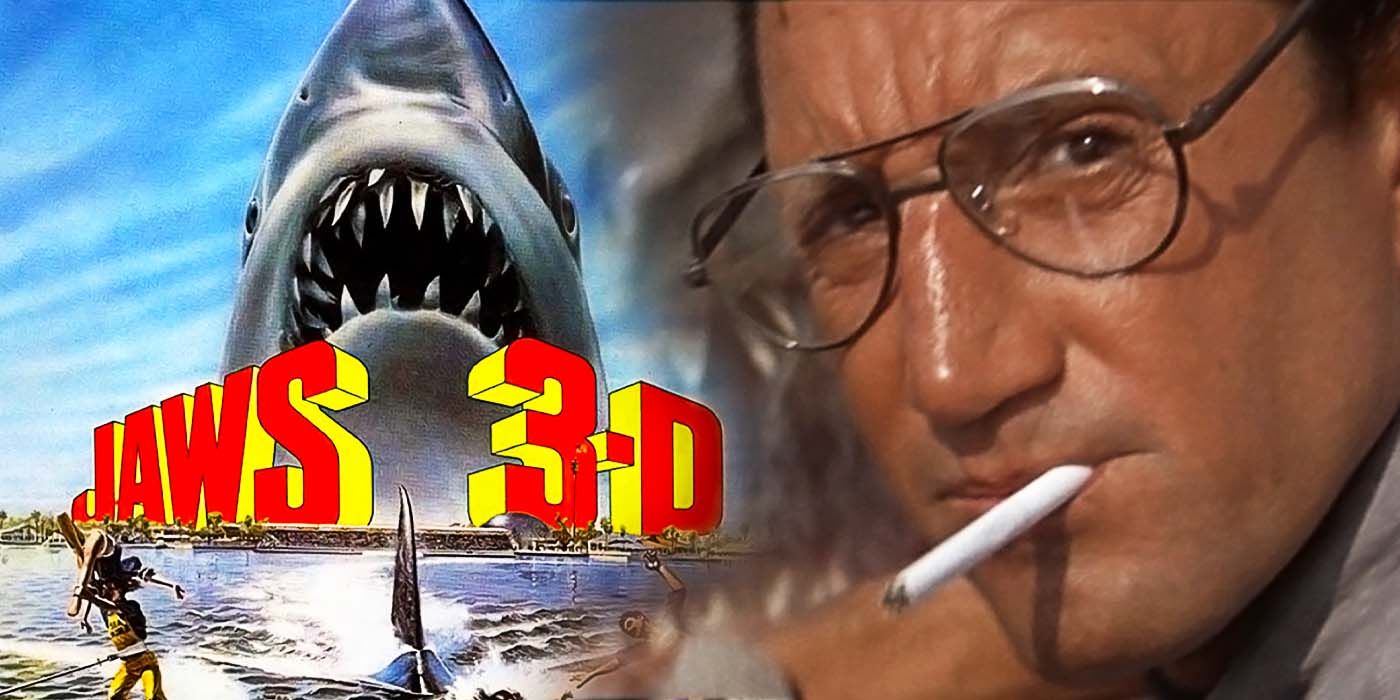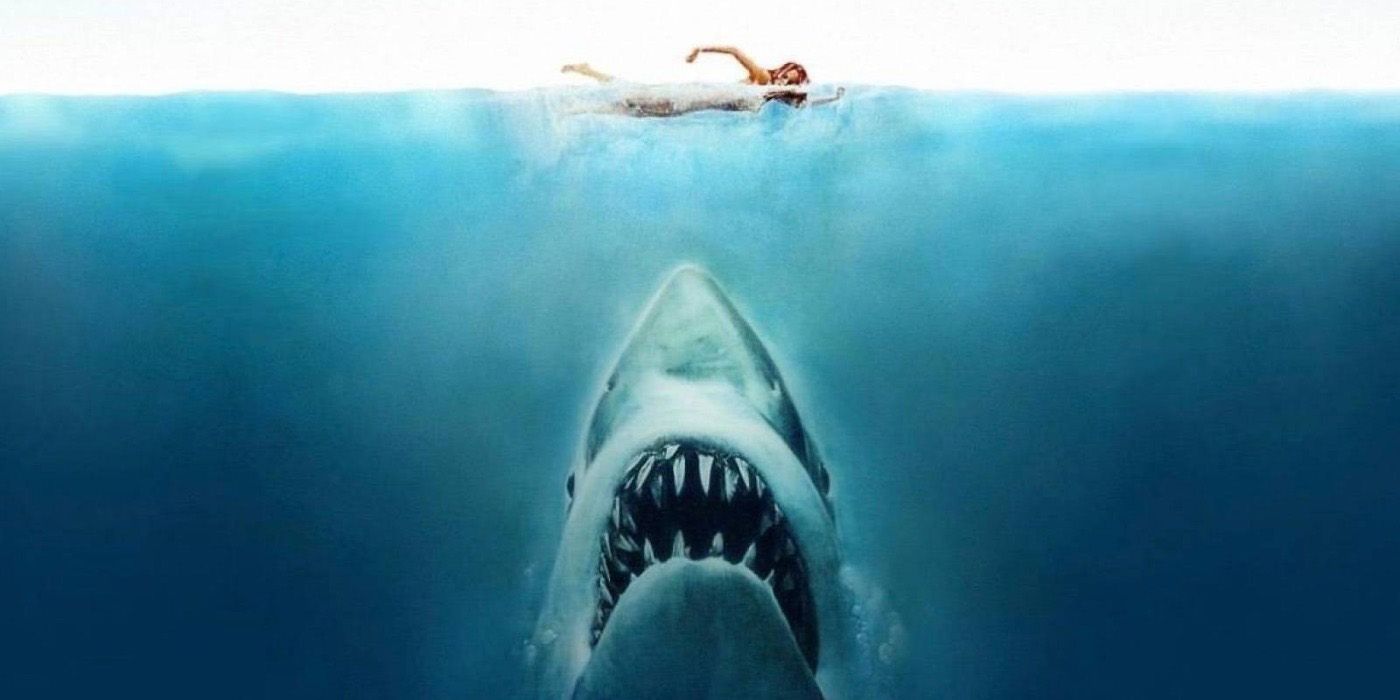It has become common practice to revive popular franchises from decades past, and a 3D release would be the perfect way to reboot the Jaws franchise. Based on the 1974 novel by Peter Benchley, Steven Spielberg’s 1975 horror film about a man-eating great white shark attacking New England beachgoers was an industry-defining success. After becoming the highest-grossing film of the time, Jaws was the model for the Hollywood blockbuster and was followed up by three sequels over the following 12 years.
Sequels have long become common practice in Hollywood for some time, though they traditionally focused on returning characters rather than a continuation of the story until home video options in the late 1970s made past films more accessible. Jaws capitalized upon this by continuing the storyline in the first sequel of the franchise, while utilizing another trend for the third film in the series: 3D. When the novelty format of 3D was also revived in the late 1970s, it was combined with the increase in sequels, often coinciding with the third release in a franchise. After a profitable 1982 3D release of Friday the 13th Part III, other horror franchises followed suit, leading to Amityville 3-D and Jaws 3D in 1983. Both the trend of 3D technology and the high number of sequels released in the 1980s are parodied in Back to the Future II, which features a holographic shark advertising the 2015 release of Jaws 19.
Jaws 3D was a fun concept for the franchise, but ultimately one which the film failed to capitalize on successfully. Directed by Joe Alves, production designer for the first two films in the series, the third Jaws film was famously panned by critics. Despite a few key sequences capitalizing on the novelty format, a painfully dull story and poor special effects in Jaws 3D should have ended the franchise. However, because it had the second highest-grossing opening weekend of 1983, Jaws 3D inspired a final chapter in the franchise with the 1987 release of Jaws the Revenge. There hasn’t been a Jaws sequel since the late 1980s, though there has been discussion about a potential reboot in recent years.
If the 3D format were used to reboot the franchise for modern audiences, the results would likely be very different from the 1983 film. For one thing, advances in technology including digital projectors and circular polarization have improved the effectiveness of 3D films. The medium has established more credibility in the industry following the massively successful 3D release of Avatar in 2009, along with critical praise for 2013’s Gravity, but it is the campiness of a film like The Meg that provides the best model for what a 3D Jaws film has the potential to be. Both The Meg and Jaws 3D feature multiple sharks, but a campy approach to the 2018 blockbuster was better suited for the 3D format and The Meg was a box office success as a result.
Modeling a potential Jaws reboot after the success of The Meg’s tongue-in-cheek approach makes even more sense given that initial plans were to make Jaws 3D as a wacky comedy to capitalize on the success of spoof films such as 1980’s Airplane! If a 3D Jaws reboot were to merge some of the horror and tension from the original with the more crowd-pleasing silliness of The Meg, it could potentially revive the long dormant series. Since Deadline reported Spielberg’s outright rejection of a possible reboot, a campier revival of the franchise seems unlikely. On the other hand, this could change, as Spielberg has grown increasingly open to sequels and remakes in recent years. Along with producing a musical remake of The Color Purple and the fifth installment of the Indiana Jones franchise, Spielberg’s next release as a director is a remake of the 1961 musical classic, West Side Story. While there are no guarantees, this may give audiences hope of one day seeing a 3D Jaws reboot.


